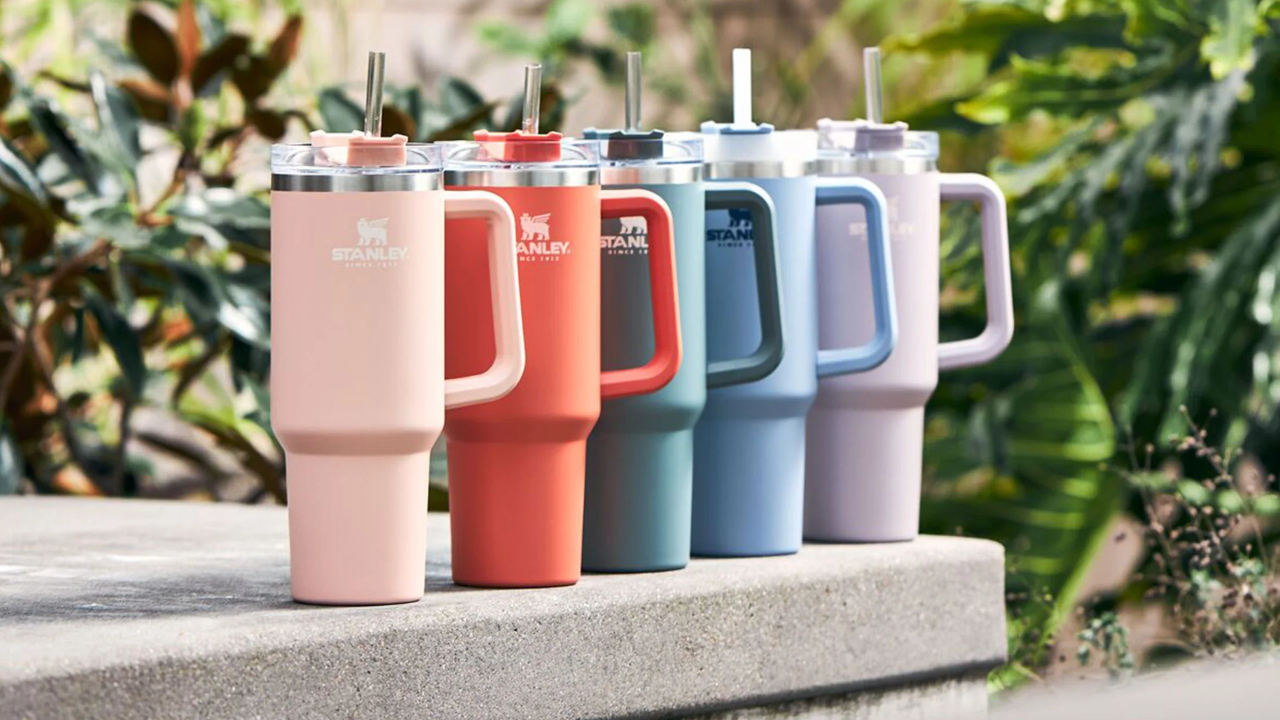Social Media Users Are Collectively Panicking Over the Stanley Cup Lead Allegations

Does your Stanley cup have lead in it? Yes and no. Will social media freak out about it? Oh, yeah, you better believe it.
The good folks over at X dot com are now making fun of Stanley cup owners everywhere, claiming TikTok and Instagram users squandered all their money on trendy tumblers that will fill them with more lead than a 1940s mobster. Why yes, I for one would love to have some extra lead poisoning with my Pistachio Latte, please!
Here’s the thing, though. Your Stanley cup isn’t full of lead. Not in the way people believe. It’s a perfectly safe product. And a lot of people on X are overreacting. Surprise, right?
X users began panicking over lead in Stanley cups after popular account Pop Crave posted an official statement from Stanley on the matter. For those of you that don’t know, TikTok users have been investigating the lead allegations for the past few months, claiming that Stanley cups will give users lead poisoning. But, as The Mary Sue reported earlier this year, there isn’t any lead in the tumbler’s interior, let alone any easily accessible part of your cup. There’s zero risk of lead poisoning from drinking out of a Stanley product.
Instead, the tumbler has some lead solder in a bottom, external part of the cup, per The Daily Dot. It’s completely unreachable unless your tumbler experiences significant damage. Stanley confirmed just as much, explaining that it is built in a manner completely safe for users.
However, Pop Crave left out this full explanation in its viral tweet, simply confirming lead is used in Stanley cups.
“Lead is used in the manufacturing process, but the product needs to become damaged in order to expose the lead,” Pop Crave tweeted on January 26. “Our engineering and supply chain teams are making progress on innovative, alternative materials for use in the sealing process.”
X: You are not going to get lead poisoning from your Stanley cup
Today reported that the bottom of the Stanley tumbler has “a circular barrier made of stainless steel, which covers a pellet that contains lead,” per a summary of Stanley’s statement. “The pellet seals the product’s vacuum insulation,” Today explained, “and it is not accessible unless the stainless steel barrier comes off—which is possible but ‘rare.'”
Additionally, Stanley told WCNC Charlotte that it seals “our vacuum insulated stainless steel products with an industry-standard pellet that includes some lead,” and that the pellet “is completely enclosed by a stainless-steel cover, making it inaccessible to consumers.”
Again, Pop Crave’s tweet did not mention the fact that the lead is on the exterior of the Stanley cups. So at a glance, it sounds like a Stanley cup user would have to damage their cup in a mundane and simple way in order to access the lead material inside.
Yeah, pure engagement bait on Pop Crave’s part. Cue the tweets claiming TikTok-obsessed Disney adults are about to get lead poisoning on the scale of a 1950s homeowner, which just isn’t the case. Granted, a lot of people think we’re all talking about the Stanley Cup from the NHL, which is even funnier. Imagine if winning the Stanley Cup gave you lead? What a bittersweet victory.
Just to be clear: You will not get lead poisoning from using your Stanley cup. But yeah, do some research before you respond to a tweet. Misinformation spreads quickly without due diligence.
Oh yeah, your Yeti cup is also safe to use too. Just in case you were wondering.
(featured image: Stanley)
Have a tip we should know? [email protected]